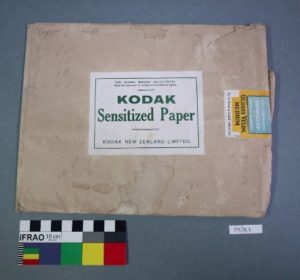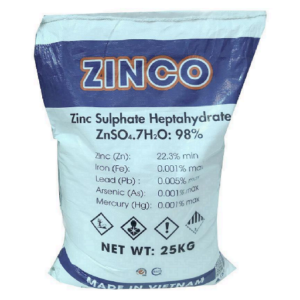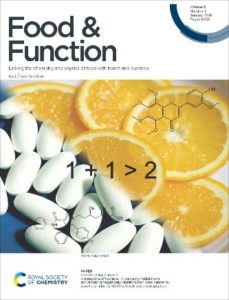Trademark Class 1 is one of 45 NICE classification used to classify products and/or services.
Class 1 includes mainly chemical products for use in industry, science and agriculture, including those, which go to the making of products belonging to other classes.
The top ten applicants who file trademarks on class 9 internationally are;
- Kodak
- Lonza
- Vitatrend
- Ecotex
- Vahine
- Primeal
- Mobil
- Prestone
- Total
- Natural life labs
Some famous brands from the region protected on class 1 include; Altaawn petrol station CO-OP, al Watnea (transmission fluid, power steering fluid) and flex P Films (x ray films, cinematographic films) are also covered within class 1.
While class 1 does include sensitized paper, tyre repairing compositions, salt for preserving, other than for foodstuffs, and certain additives for use in the food industry, for example, pectin, lecithin, enzymes and chemical preservatives such as in class 2. Class 2 includes colorants for foodstuffs and beverages (Caramel coloring, Elderberry juice, Lycopene, and Paprika), and anti-rust oils and oils for the preservation of wood (Transyl, flaxseed oil, and Tung Oil) all coming under class 2. Class 1 does not include chemical preparations for medical or veterinary purposes, or fungicides, herbicides and preparations for destroying vermin, these are mainly covered using class 5. Many of the goods that fall under the Class 1 trademark category might also fall into one of a number of related classes. For example, chemicals might also fall into Class 3 (cosmetics and cleaning preparations), Class 5 (pharmaceuticals), Class 16 (paper goods and printed matter), Class 17 (rubber goods), or Class 31 (natural agricultural products).
Therefore, here are some chemicals that do not fall under class 1:
- Raw natural resins (Class 2)
- Chemical products for use in medical science (Class 5)
- Insecticides, herbicides, fungicides, and other preparations for extermination (Class 5)
- Adhesives for stationery and household purposes (Class 16)
- Salt for preserving foods (Class 30)
- Straw Mulch (Class 31)
Explaining some of the more recent changes in the nice classification relating to goods on class 3
- Under the 11th edition of the Nice Classification, Chemicals used for use in industry, science and photography are classified in Class 1. As well as in agriculture, horticulture and forestry; unprocessed artificial resins, unprocessed plastics; manures; fire extinguishing and fire prevention compositions; tempering and soldering preparations; adhesives used for use in industry; putties and other paste fillers; compost, manures, fertilizers; biological preparations for use in industry and science are also protected under Class 1. Also, chemical substances for preserving foodstuffs; was removed from class 1 and we can see new item included like gypsum for use as a fertilizer.
Understanding the main elements of Class 1:
Class 1 can be sub-divided into twelve main components that I have outlined and explained below;
Subsection 1 – Filtering materials [chemical, mineral, vegetable and other unprocessed materials]
Subsection 2 – chemical preparations and materials for film, photography and printing
- Sensitized paper
- Photographic film, not exposed
Subsection 3 – unprocessed plastic
Subsection 4 – adhesives for use in industry
Subsection 5 – growing media, fertilizers and chemicals for use in agriculture, horticulture and forestry
Subsection 6 – detergents for use in manufacture and industry
Subsection 7 – chemical substances, chemical materials and chemical preparations, and natural elements
- Compositions for fire extinguishing and prevention
- Chemical compositions and materials for use in science
- Chemical compositions and materials for use in the manufacture of cosmetics
- Chemical compositions for use in construction
- Chemical compositions for water treatment
- Chemical and organic compositions and substances for treatment of leather and textile
Subsection 8 – salts for industrial purpose
Subsection 9 – unprocessed artificial and synthetic resins
Subsection 10 – starches for use in manufacturing and industry
Subsection 11 – putties, and fillers and pastes for use in industry
- Fillers for vehicle body and tyre repair
Subsection 12 – chemical and organic compositions for use in the manufacture of food and beverages
| Filtering materials [chemical, mineral, vegetable and other unprocessed materials]
|
 |
|
| chemical preparations and materials for film, photography and printing
|
 |
 |
| unprocessed plastic
|
 |
|
| adhesives for use in industry |  |
|
| growing media, fertilizers and chemicals for use in agriculture, horticulture and forestry |  |
 |
| detergents for use in manufacture and industry |  |
 |
| chemical substances, chemical materials and chemical preparation, and natural elements
|
 |
 |
| salts for industrial purpose |  |
|
| unprocessed artificial and synthetic resins |  |
|
| starches for use in manufacturing and industry |  |
 |
| putties, and fillers and pastes for use in industry |  |
 |
| chemical and organic compositions for use in the manufacture of food and beverages
|
 |
|









